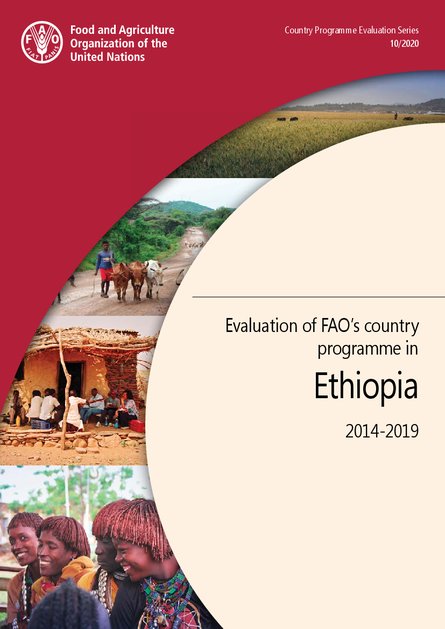
Ethiopia remains one of the world’s poorest countries, despite the significant progress achieved in reducing poverty and hunger. Agriculture is the mainstay of the Ethiopian economy, accounting for for 34 percent of GDP and 70 percent of total employment share. The Government of Ethiopia through its Growth and Transformation Plan (GTP II) has consistently prioritized the transformation of the agriculture sector to support the country’s aspirations to become a middle-income country by 2025. FAO’s Country Programme Framework (2016-2020), was formulated based on the GTP II. From 2014 to 2019, FAO exceeded the resource mobilization targets. FAO’s programme displays several imbalances and disconnects, specifically between development activities and emergency response. FAO should adopt a more cohesive programmatic approach and continue to consolidate its fragmented programme. In the context of the Government’s plans for agricultural transformation, FAO should support an economically sound value chain and market-based approach to agricultural development, while upholding normative values of inclusiveness and ecological sustainability.